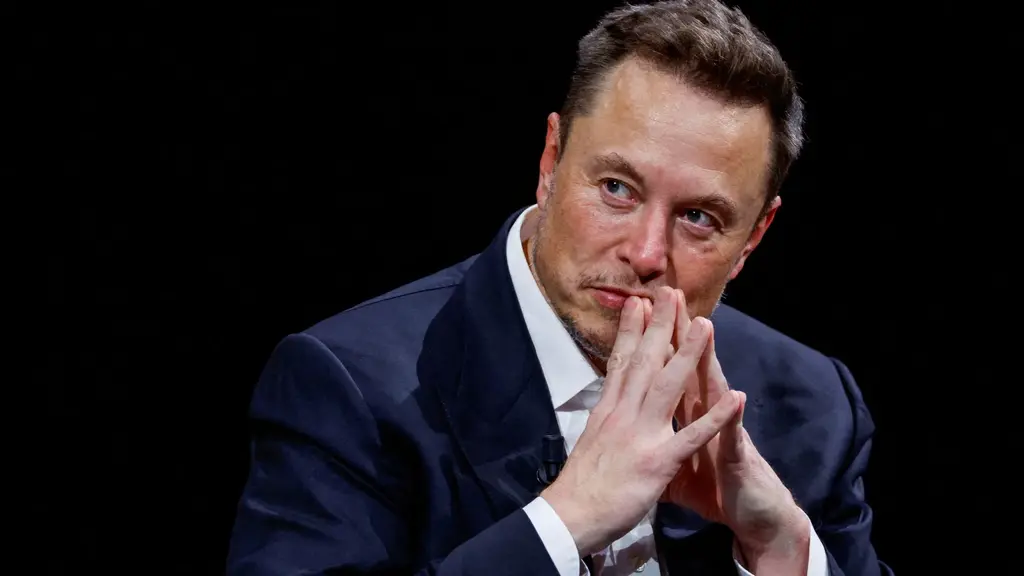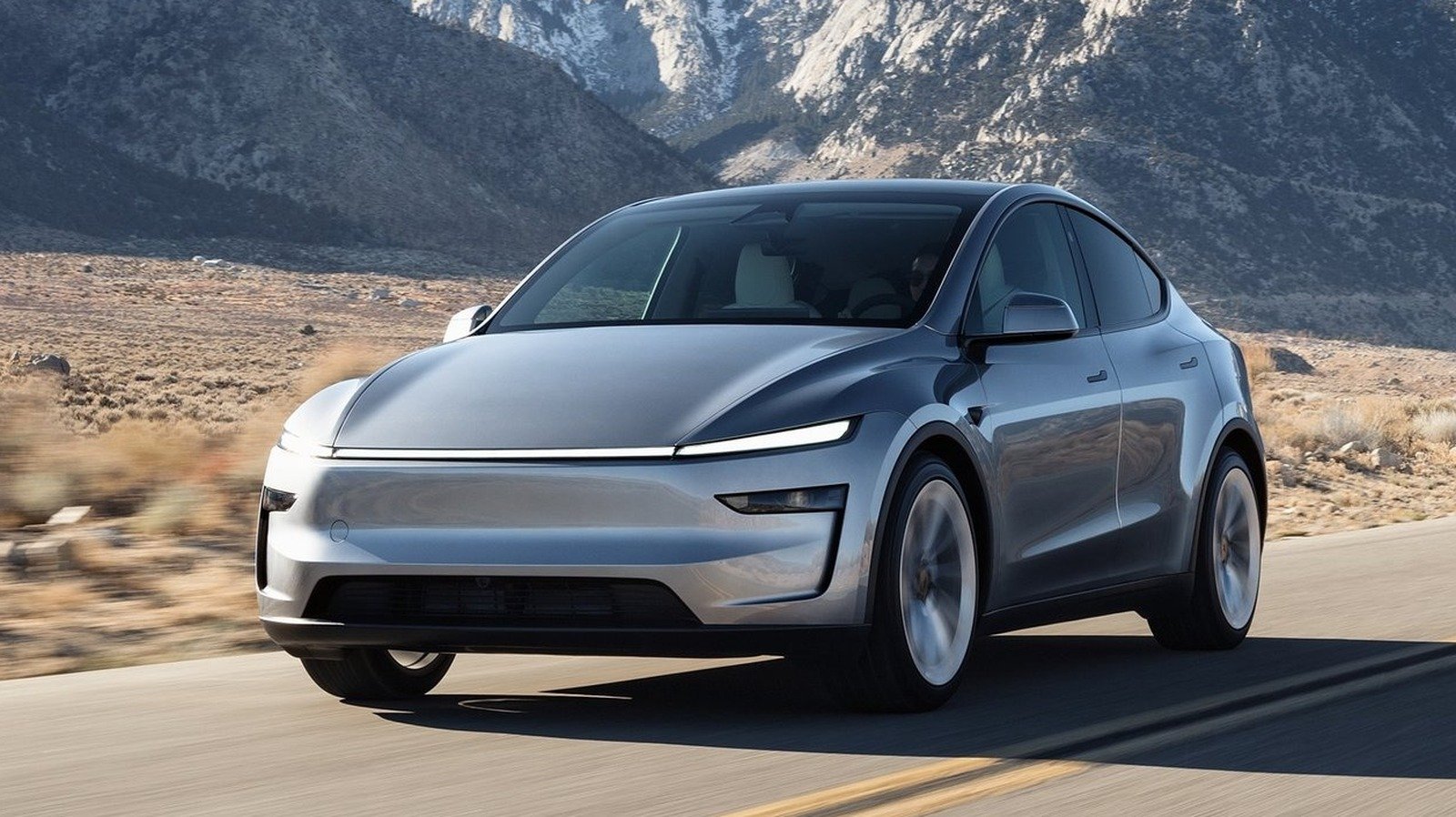Tesla made known the fact that their price tag for the profit in the second day and glare challenges having presented itself to the CEO Elon Musk since his controversial involvement with Trump administration’s cost-cutting efforts.
Sales of Tesla’s electric vehicles have been declining. Earlier this month, the company announced a 13.5% decrease in quarterly sales compared to the same period last year. On Wednesday, it further revealed that its net income had dropped 16% year-over-year.
While this drop is less steep than the 71% year-over-year decline in profits reported in the first quarter (when sales were down 13%), it still raises concerns about the company’s near-term outlook.
In a call with analysts Wednesday evening, Tesla indicated a cautious future for electric vehicle revenues. Chief Financial Officer Vaibhav Taneja attributed the expected revenue dip to changes in vehicle regulations included in a tax and spending bill recently signed by President Trump. These regulations had previously benefited Tesla: competitors who failed to meet fuel economy targets could pay Tesla instead of facing penalties by purchasing “regulatory credits.”
The new law eliminates these penalties, cutting off that income stream. Additionally, tax credits on new and used electric vehicles are set to expire on September 30.
Taneja stated during the earnings call,
“In this huge conglomerate of a bill, we have so many changes that will affect the business in the coming days.”
“If you are somebody in the U.S. who is planning to buy a car,” he continued, “place your order right away; we cannot guarantee if delivery will be made for orders placed after the end of August.”
Taneja also mentioned that plans to ramp up production of low-cost vehicles have slowed down, as Tesla is rushing to meet the expected surge in demand before subsidies run out.
Musk commented that Tesla is going through “a strange transition period” where it will lose many incentives in the U.S. He warned, “We might face a few tough quarters. I’m not saying we definitely will, but it’s possible.”
In an effort to shift attention beyond vehicle sales, Tesla described the second quarter as “a pivotal moment in our history: the beginning of our transformation from a leader in electric vehicles and renewable energy to a leader in AI, robotics, and related services.”
The company launched the first version of its robotaxi service in Austin in June. The earnings report details rapid growth of the autos service with improved profitability. Tesla is also building a humanoid robot named Optimus.
During the analyst call, Musk said Tesla is obtaining regulatory approvals to roll out its autonomous ride-hail service to Arizona, Florida, Nevada, and the San Francisco Bay Area. He made an ambitious prediction:
“I believe by the end of the year, we’ll be able to offer automated ride-hailing service to about half of the U.S. population — depending on regulatory approvals, of course. That’s our goal,” he said.
However, Musk did not state how exactly the company would proceed to transform from a limited testing setting in a city of about one million people to a scale that would cater to half of the American population in a matter of days.
In contrast, Tesla’s total automotive revenue dropped 16% in Q2, and revenues from energy generation and storage dropped by 7%. At the same time, services and other revenue grew by 17%.

Some blame Musk’s political activity for Tesla’s declining vehicle sales. Though in the previous quarter’s call, he denied seeing any drop in demand and dismissed protests against the company as “paid demonstrations” — without offering evidence.
Surveys show Tesla’s brand reputation has taken a hit, particularly among liberal or Democratic-leaning car buyers — who, at least for now, are more likely to purchase electric vehicles. Musk has distanced himself from leadership in the cryptocurrency Dogecoin and publicly clashed with Donald Trump, but his interest in politics remains strong. Recently, he even floated the idea of launching a third political party.
Another factor affecting Tesla is growing competition among electric vehicle manufacturers. In the U.S., traditional automakers — once far behind Tesla in the EV space — are slowly chipping away at its dominance. According to recent data from Cox Automotive, Tesla’s share of EV sales in the U.S. has dropped to 46.2%, down from nearly 80%. GM now controls about 13% of the EV market.
Globally, Chinese EV makers are also gaining momentum.
Despite the setbacks, Thomas Monteiro, a senior analyst at Investing.com, saw some silver linings in the latest earnings — including the fact that margins, while down, “appear to be at the lower end of the curve.”
According to him, “While still far from perfect fundamentals for a trillion-dollar company, things have started looking up and maybe that worst is behind it now-an automotive business at least.” High-level attrition had plagued Tesla, yet three senior leaders have left in the past two months. The company also caused concern among investors earlier this month when it failed to announce its annual shareholder meeting in time. Since Tesla is under Texas incorporation, state law dictates that meetings must be held within 13 months of the preceding one. Hence, July 13 marks the deadline.
By July 9, without any update, a group of the biggest investors notified the board of Tesla through a letter, expressing concerns about the oversight. A day later, Tesla announced it was postponing the annual meeting until November.
Following the news, Tesla’s stock price dipped slightly in after-hours trading.

[…] >>Read More: Tesla Q2 Profit Falls 16% Amid EV Sales Drop, Policy Changes, and Market Pressure […]
[…] Stock represents a small piece of power in a company. If you buy a share of a company like Apple or Tesla, you enjoy a small part of that […]
[…] a potential share sale that could value the company at $500 billion, positioning it to surpass Elon Musk’s SpaceX and become the world’s most valuable privately held tech […]
[…] said, Tesla has confirmed that the charging agreement will be extended to the U.S. Canadian drivers should be […]